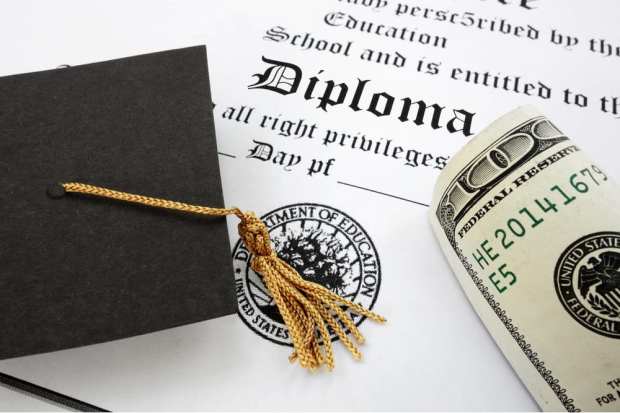Biden Administration Unveils Student Loan Repayment Plan

The Biden Administration has unveiled a student loan repayment initiative that is set to benefit over 20 million borrowers.
The Saving on a Valuable Education (SAVE) plan introduces an income-driven repayment (IDR) model that calculates monthly payments based on a borrower’s income and family size, rather than their loan balance, the White House said in a Tuesday (Aug. 22) fact sheet.
It also provides loan forgiveness after a specified number of years, according to the fact sheet. Notably, undergraduate loan payments will be slashed in half, reducing the burden from 10% to 5% of discretionary income. For borrowers with both undergraduate and graduate loans, payments will be determined by a weighted average between 5% and 10% of their income, based on the original principal balances.
One of the most significant advantages of the SAVE plan is the potential for borrowers to have their monthly payments reduced to $0, the fact sheet said. By considering a borrower’s discretionary income, which is the difference between their adjusted gross income (AGI) and 225% of the U.S. Department of Health and Human Services Poverty Guideline amount for their family size, those with lower incomes will be exempt from making any monthly payments.
Furthermore, the SAVE plan ensures that borrowers’ loan balances do not grow as long as they fulfill their required payments, per the fact sheet. The Department of Education will cease charging monthly interest not covered by the borrower’s payment on the SAVE plan, preventing loans from accruing additional debt due to unpaid interest.
The plan also offers early forgiveness for borrowers with low balances, according to the fact sheet. Those with original principal balances of $12,000 or less will receive forgiveness after 120 payments, equivalent to 10 years of repayment. For each additional $1,000 borrowed beyond this threshold, an extra 12 payments will be required, up to a maximum of 20 or 25 years.
PYMNTS research has found that while just 20% of U.S. consumers surveyed held student loans, 54% of all consumers — whether they held these loans or not — were at least slightly concerned about student loan repayments.
Funds that are channeled toward loan repayments are no longer available for other goals, such as achieving financial stability, saving money or paying bills, according to the “Consumer Inflation Sentiment Report.”

